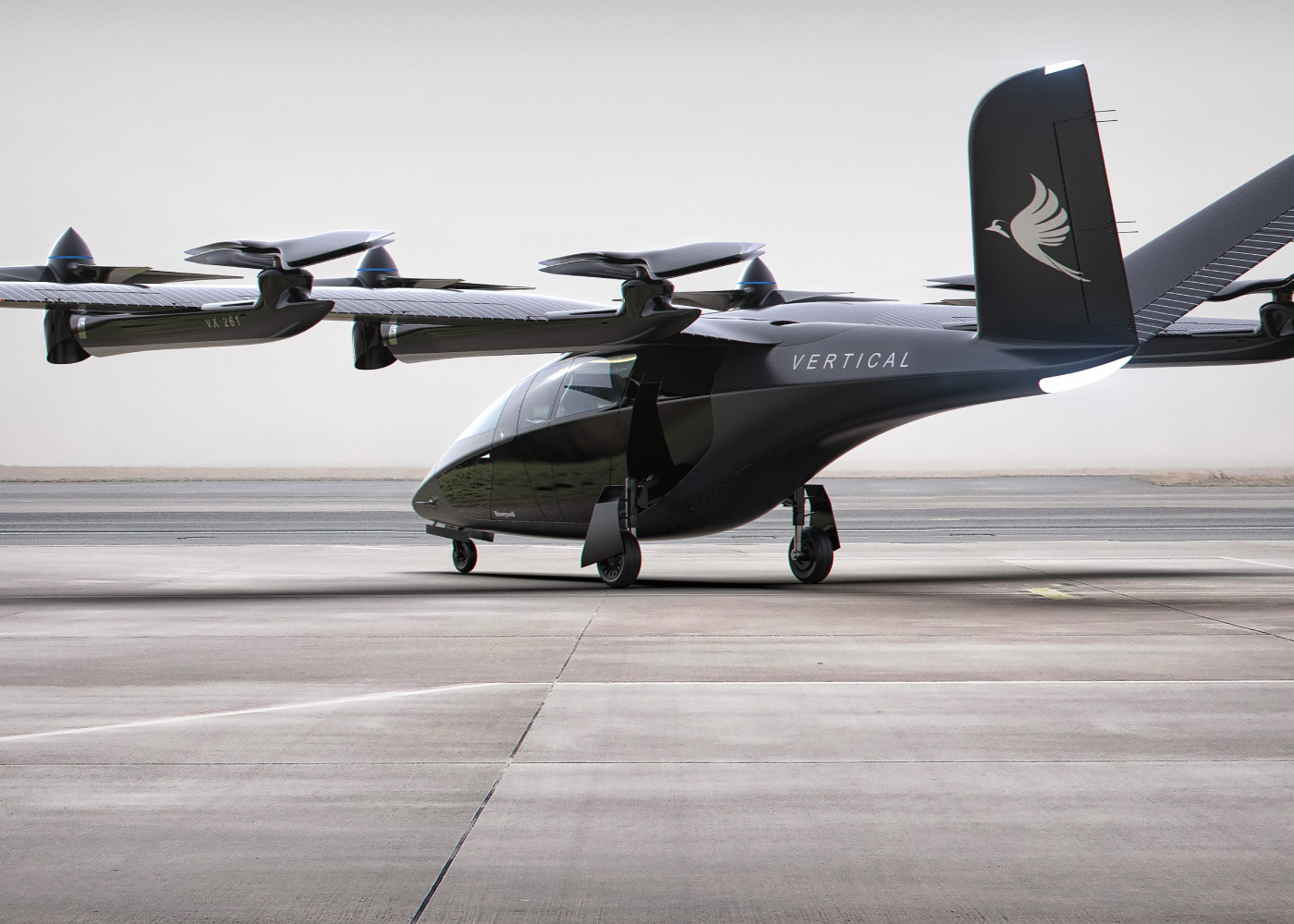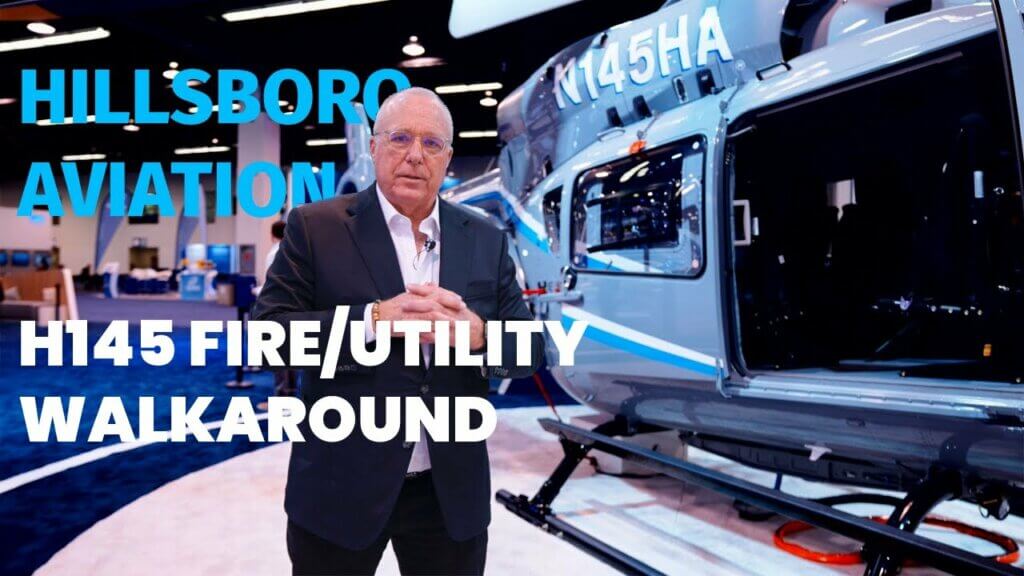A total of 55 organizations (as of June 14), including Hyundai, Hanwha, EHang and Vertical Aerospace, have answered the call to work together toward a common goal of seeing eVTOL operations and urban air mobility (UAM) services launched in South Korea.

The K-UAM Grand Challenge is being hosted by the Ministry of Land, Infrastructure and Transport (MOLIT), and organized by the Korean Aerospace Research Institute. The ultimate goal of the phased demonstration program is to commercialize UAM operations in South Korea in 2025.
We recently connected with Jinhang Nah, director of the UAM policy team for MOLIT, who shared more about the group’s vision for UAM in South Korea.
This interview has been edited for length and clarity.
eVTOL.com: Can you please explain a bit about what the Grand Challenge is and how it works?
Jinhang Nah: The Grand Challenge is a cooperation project between the Korean government and the private sector. It aims to verify the safety of UAM, and formulate appropriate regulatory frameworks. The government sets the infrastructure and the basic guidelines for the Grand Challenge, and private companies come and test their technologies. We are now negotiating with private companies on the ranges and methods of the Grand Challenge.
eVTOL.com: Is the Grand Challenge a competition with winners selected at the end?
Jinhang Nah: There is no winning or losing in the Grand Challenge. It’s a challenge against the technological and social barriers of UAM. The winner will be every participant, and the prize will be the commercialization of UAM.
eVTOL.com: Why is it important to have different entities, such as government ministries, academics, research circles, companies, and organizations, involved in developing UAM domestically and overseas?
Jinhang Nah: UAM is a new industry. We need a whole new ecosystem to make UAM a reality. Technology, entrepreneurship, policy and regulation, public acceptance, etc., need to go side by side. This work cannot be done by one entity alone.
That is why we came up with UAM Team Korea (UTK). UTK started with 37 members, and now we have 47 members [as of the end of May]. We will keep expanding UTK as the UAM industry matures. The UTK members cooperate and compete under the same goal, to bring UAM into Korea as soon as possible.
eVTOL.com: Can you talk about the different milestones that were set for K-UAM?
Jinhang Nah: UTK announced the K-UAM roadmap in 2020. In the roadmap, we set up stages for UAM development starting with the initial stage (2025 to 2029), followed by the development stage (2030 to 2034), and ending with the mature stage (2035).
We will start from the rural area in 2023 and move into an urban area in 2024.
eVTOL.com: So, with the vehicle manufacturers, are you looking for autonomous capabilities?
Jinhang Nah: We are planning a pilot project after the Grand Challenge. We will select the pilot route to best use the result of the Grand Challenge. That is, we are considering overlapping part of the pilot route and the urban Grand Challenge route.
The initial stage will start with piloted flights, and then we will move into remotely piloted and autonomous flights. I think commercial autonomous flight would be possible in the mature stage. The goal of the Grand Challenge is to prepare for the initial stage. So, we do not require — although we do not discourage — vehicle manufacturers and vertiport operators to have autonomous capabilities.
For the more advanced technologies like autonomous flight and hydrogen powertrain, UTK is planning a large-scale research and development program to prepare for those upcoming stages.

eVTOL.com: The goal of commercialization in 2025 seems very ambitious. What needs to happen for that goal to be met?
Jinhang Nah: I believe the technology is ready. What is left is bringing that into the real world. Bringing technologies together to make a solid industrial ecosystem and making guidelines and regulations to support them is what is left for us.
Some countries are targeting 2023 or 2024. I think that may be possible, and I cheer for them. What distinguishes Korea from them is that our goal is to bring the complete UAM ecosystem, even though not 100% satisfactory, by 2025.
eVTOL.com: How will your organization ensure that enough time is being dedicated to making sure UAM is safe?
Jinhang Nah: Safety and public acceptance are top priorities. Seeing is believing. No safety, no flight — that is how we see it. We will check and double-check the safety through the Grand Challenge and do everything to make it safer. However, if the safety level is not enough, we will not commercialize UAM, even though that means that we cannot achieve the 2025 goal.
eVTOL.com: Public perception and acceptance of UAM will be a key component to its success — both in Korea and globally. What steps are you taking to help the general public be comfortable with the idea of utilizing this method of travel and transport? Also, how are you making it cost effective so it will be affordable for people to use?
Jinhang Nah: We started by showing people that UAM vehicles can fly in an urban area. UTK has hosted UAM demo flights since 2020. Through those events, most people in Korea came to know that UAM is coming. However, many people still worry about safety. I expect the Grand Challenge will relieve their worries. People will see that UAM can safely fly in urban environments and that appropriate regulations are made with regard to real world operations.
Cost is critical for the success of the industry. At first, UAM will be an expensive option. However, as technology develops and the market expands, the cost will decrease.
eVTOL.com: MOLIT has reportedly said that a top priority will be introducing patient ambulance transportation and cargo delivery to underserviced communities. Can you comment on that?
Jinhang Nah: Our priority is on transportation uses. We consider introducing other uses earlier to increase public acceptance. We do not expect industries to develop technologies aimed at these uses only. We will see what technologies are already out there and use them for ambulance and cargo uses if they are feasible.
eVTOL.com: How closely are you watching the development of UAM systems (vehicles, vertiports, etc.) in other countries as you develop your own? Is there an opportunity to learn from and/or teach each other?
Jinhang Nah: UTK members closely monitor what is going on in the UAM world. The Korean government shares information with other governmental entities, such as NASA, FAA [U.S. Federal Aviation Administration], and EASA [European Union Aviation Safety Agency] through various methods. What is better is the private sector is vibrantly working with foreign companies to make UAM a reality.
eVTOL.com: This is an emerging industry where the core technology is still being developed alongside the certification, policies, technical standards, etc. Can you please speak to how the technology is influencing the certification, policies, technical standards, etc., and vice versa?
Jinhang Nah: I believe it should be a co-evolution process. Technology affects policies, and policies affect the way technology develops. If not, we may lose lots of time because of unnecessary trial and error.








